| Umělec 2004/2 >> A Portrait in the Era of Cinematography | Просмотр всех номеров | ||||||||||||
|
|||||||||||||
A Portrait in the Era of CinematographyUmělec 2004/201.02.2004 Tomáš Pospiszyl | en cs |
|||||||||||||
|
Andy Warhol: Motion Pictures.
Kunst-Werke Berlin, Auguststrasse 69, till August 8, 2004. In Berlin, apart from the monumental Museum of Modern Art show, Das MoMA, at the New National Art Gallery, visitors should not miss a smaller joint exhibition. On top of all the notorious works this show offers Europe lesser- known works — Andy Warhol’s silent films at Kunst-Werke. The very entrance to the dark exhibition space is like “the evil eye.” In a large hall films from the Screen Test serial are projected simultaneously. We can observe a dozen film portraits, huge moving faces of enormous size. The organizers placed black frames of various sizes for each projection creating a lively picture gallery — a film picture gallery of a European palace. Andy Warhol bought his first 16 mm movie camera in 1963 and shot with it until 1968, when he was himself shot; after that, he delegated his filmmaking to his co-workers. He made a couple of hundred films, from two-minute shots to six hour epics, like Empire State Building or Sleep (both these movies are too long to be watched, so they are shown on TV screens in the foyer). Warhol uses his camera as polemic against the traditional “timeless” way film is used in art projections. He used his camera as a universal recorder which has an ability to capture time and can keep and even retrospectively show fragments of the unrepeatable past. This is why Warhol often chose mundane moments, which do not disturb us in the contemplation of passing and magically revitalized moments. The figures on the screen become eternal vampires, brought alive by the light of a projector. The term, “Screen test” is widely used in the film world. Actors, actresses, or other persons, which the director wants to cast in his film, are invited to the studio and filmed to determine which characteristics the camera may capture best. Only the mechanical eye of a camera can uncover photogenic qualities that may not be obvious in normal life. As with such screen tests Andy Warhol directed his subjects prior to shooting – a model was supposed to sit still, and gaze into the camera, and shooting was of nothing more than the head with an uncommitted background. Just as a standard film roll had about three minutes, so was the usual length of the films in the series. Even though the Screen Tests films were made in Warhol’s Factory, infamous for its atmosphere of working hysteria and permanent party, it is interesting to observe the special accuracy Warhol paid to the lighting of each filmed person. In those few minute shots many men seem like real megastars. Indeed, some of them really did become stars. After some time just staring into the lens macho-man Dennis Hopper starts to sing an inaudible song. In his armchair, curator and critic Henry Geldzahler is overcome by sleep. As Gary Indiana slowly eats mushrooms a cat leaps onto his shoulder and after a while hops down again. An unknown couple endures in a long term kiss. Ultra Violet and Helen Chadwick perform small acts, at first slightly forced, then mellow and charming. With her fantastic blond hairdo “Baby” Jane Holzer brushes her teeth in front of the camera, or salaciously peels chewing gum from cellophane with her lips and slowly starts chewing. With his demonical black moustache, Salvador Dali is filmed upside down. Pop artist James Rosenquist rotates on an invisible moving stage. In the famous film, Blow Job, the main action is not on screen – it is just the facial expression of the young man’s mediation of reality, while somebody performs oral sex on him out of the camera’s eye. The man strives to look neutral, but as soon as the pleasure overcomes, he ceases to be the tough man as he bravely and yet in vain fights the coming climax. Other filmed people do nothing at all, their faces are fixed to the lens and yet their faces are unusually expressive. If anyone knows how to foretell who and what is photogenic, then it would certainly be that man-machine and voyeur, Andy Warhol. The Lumiere brothers’ first films were supposedly so convincing that the spectators were scared. The cinema hall visitors were afraid, the filmed steam engine coming towards the camera threatened to crush them even in the film hall. Andy Warhol tried to simulate that prehistoric effect, to give reality and its record an uncertain feel. In the first years of his film career he consistently worked with silent black-and-white film, which evokes the atmosphere of those early films. In every case silent films invoke questions of the character of captured reality and its relation to spectators. The conscious reference to early film art is proved by film speed as well. Even if the films were shot at regular shooting speed, which is 24 film frames per second, Warhol required the film to be slower, at 16 frames per second, which was the regular speed of early silent film. (For the purpose of exhibiting the films were made as DVDs, but the slower speed was kept). Slower screening is often used when we need to see better and understand what would go unnoticed at the regular speed. In his films Warhol does not really show anything overly important, he simply presents the magic of cinematographic reality. Forty years ago a few unknown people were staring into Warhol’s camera; today we can return the gaze.
01.02.2004
Рекомендуемые статьи
|
|||||||||||||
|
04.02.2020 10:17
Letošní 50. ročník Art Basel přilákal celkem 93 000 návštěvníků a sběratelů z 80 zemí světa. 290 prémiových galerií představilo umělecká díla od počátku 20. století až po současnost. Hlavní sektor přehlídky, tradičně v prvním patře výstavního prostoru, představil 232 předních galerií z celého světa nabízející umění nejvyšší kvality. Veletrh ukázal vzestupný trend prodeje prostřednictvím galerií jak soukromým sbírkám, tak i institucím. Kromě hlavního veletrhu stály za návštěvu i ty přidružené: Volta, Liste a Photo Basel, k tomu doprovodné programy a výstavy v místních institucích, které kvalitou daleko přesahují hranice města tj. Kunsthalle Basel, Kunstmuseum, Tinguely muzeum nebo Fondation Beyeler.
|







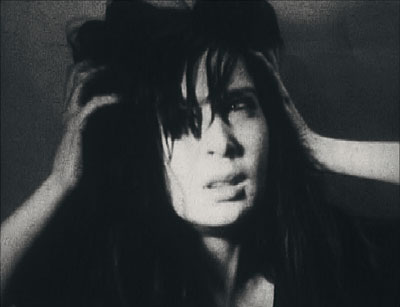















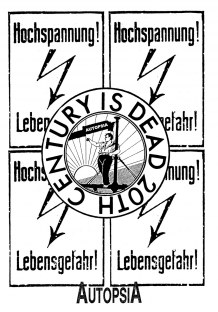




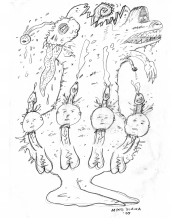
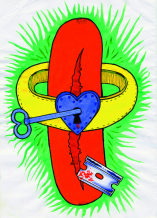
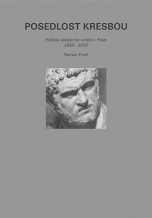
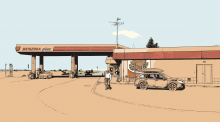


 New book by I.M.Jirous in English at our online bookshop.
New book by I.M.Jirous in English at our online bookshop.
Комментарии
Статья не была прокомментированаДобавить новый комментарий